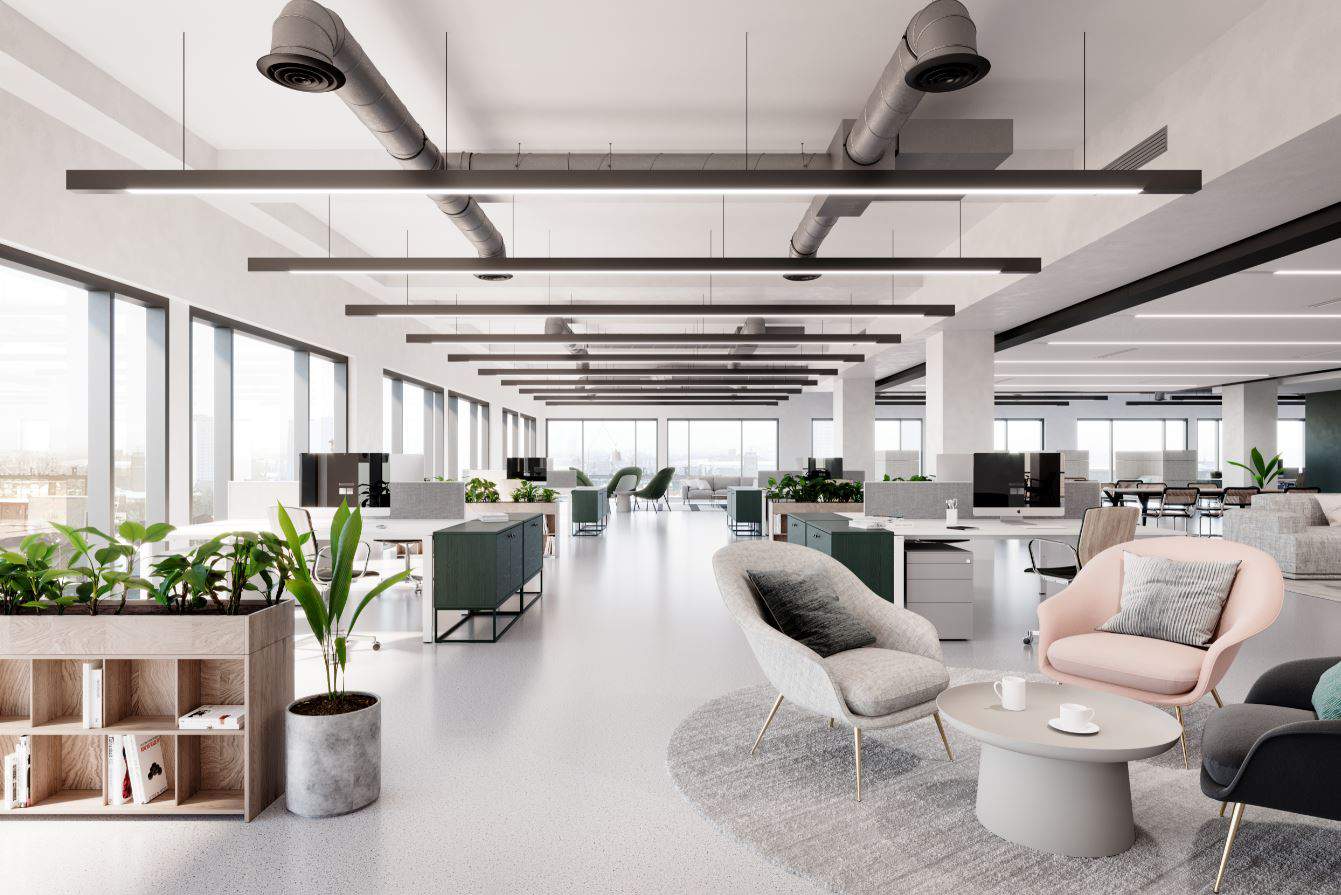In this blog, our sustainability manager, Rachel Wootlif talks about the future of buildings and things we need to consider in the next 10 years.
Well, it surpasses excellence! To disrupt the status quo and make buildings brilliant, we need to harness the power of technology and make use of innovative solutions.
Decarbonising our systems, moving away from fossil fuels is one thing, though the way we design our buildings, looking at the overall energy consumption, and wastage of energy usage of the development is key to reducing the demand in the first place. The future of our buildings will need to combine advanced design, technology, and superior systems throughout.
Things we need to consider over the next 10 years:
- Revolutionise the way we construct buildings – looking into advanced technologies for material production to reduce demand in energy consumption of an individual product – looking at its lifecycle and the whole building’s lifecycle
- Lower the demand of energy usage by understanding our customers requirements in better detail, utilising advanced software to understand unregulated energy as well as regulated energy demands
- Creating a better picture of understanding how humans thrive in indoor environments, conducive to their health and productivity levels by looking at comfort levels, indoor toxins, and air quality
- Futureproofing our buildings for future climatic changes – looking at both indoor environments and external facades with sea levels rising and flood defences
- Fully automate our buildings, using SMART technology and digitalising designs
- Collaboration in a competitive capitalist society to ensure all parties throughout design & construction work together and benefit
The challenges along the way
This all sounds ideal, however there will be challenges along the way. As a sustainability professional already, terminology can be confusing and the intricacies of working out if the ideal solutions for today will also be ideal for tomorrow’s future, as we don’t necessarily know the full impact.
Take the example of the frenzy with electric vehicles: sure, electricity has less CO2 at the point of use than petrol, but where does electricity come from? and where will all used batteries end up? What does it take to build an electric vehicle?
The same is applicable to buildings, we believe we are designing the ideal solution; however, do we really know the full impact to how the building performs, and then what happens at its end of life.
Main takeaway
Although reducing carbon emissions in the built environment seems a huge challenge today, we are already seeing the industry working and collaborating, new technologies out there and people really taking note on how to reinvent the industry. It is an exciting challenge for the next ten years and I am positive that together we can meet our targets and beyond.
